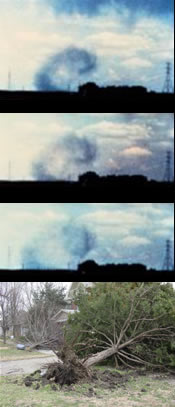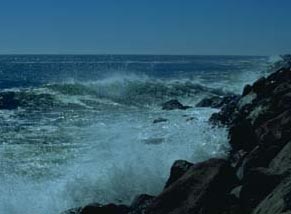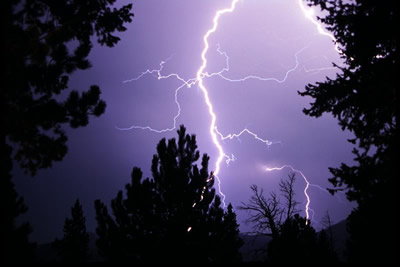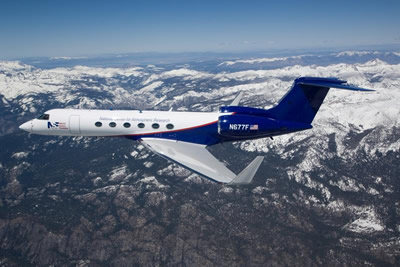
Courtesy of NOAA Photo Library, NOAA Central Library, National Weather Service Forecast Office of Topeka, KS/ KHP
Type of Wind: Microburst
Microbursts are dangerous winds that are created by thunderstorms. A microburst is a downward burst of wind, a downburst, that hits the ground and spreads horizontally. The strong downdraft causing the microburst is formed by cooling. The cooling is caused by evaporation in a cloud. Once the strong downdraft has formed, it is trying to push the cool air out of the cloud to create a balance with the warm temperatures of the surrounding air.
Microbursts are typically associated with severe thunderstorms but can also be part of smaller thunderstorms or clouds with isolated showers. Lightning and thunder are not essential for a microburst.
A microburst produces straight-line winds that last for five to 15 minutes. Straight-line winds are not associated with any type of rotation. These winds can be greater than 104 mph (167 kph) and as much as 168 mph (270 kph); the wind speeds can be equal to the winds of small tornadoes. There is a difference between a microburst and a tornado; the difference is that the wind in the microburst flows outward from the storm rather than into the storm like a tornado.
The area affected by a microburst is 2.5 miles (4 km) or less. If winds beneath a thunderstorm extend over a larger area, then it is called a macroburst. The damage from a microburst can look similar to that of a tornado. Damage from a microburst includes: blown down trees and heavy damage to poorly built structures and sailing vessels if the microburst occurred over open water.
Microbursts are the second leading cause of airline accidents. A microburst may cause an airplane to loose airspeed and altitude, and accelerate toward the ground. On August 2, 1985, a tragic plane accident occurred from a microburst at the Dallas-Ft. Worth Airport in Texas. The wind speed from this microburst was measured to be 80 mph (129 kph). Airports currently use Doppler radar and LLWSAS (Low Level Wind Shear Alert System) for spotting microbursts and wind shears associated with microbursts. A wind shear is a sudden change in the wind speed and direction.
Theodore Fujita first identified microbursts in 1975. It is thought that, prior to his identification, some damage that had been attributed to tornadoes was in fact caused by microbursts.














